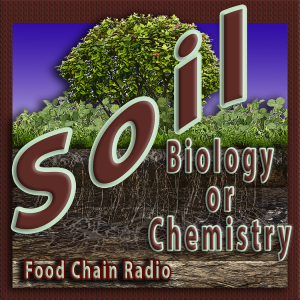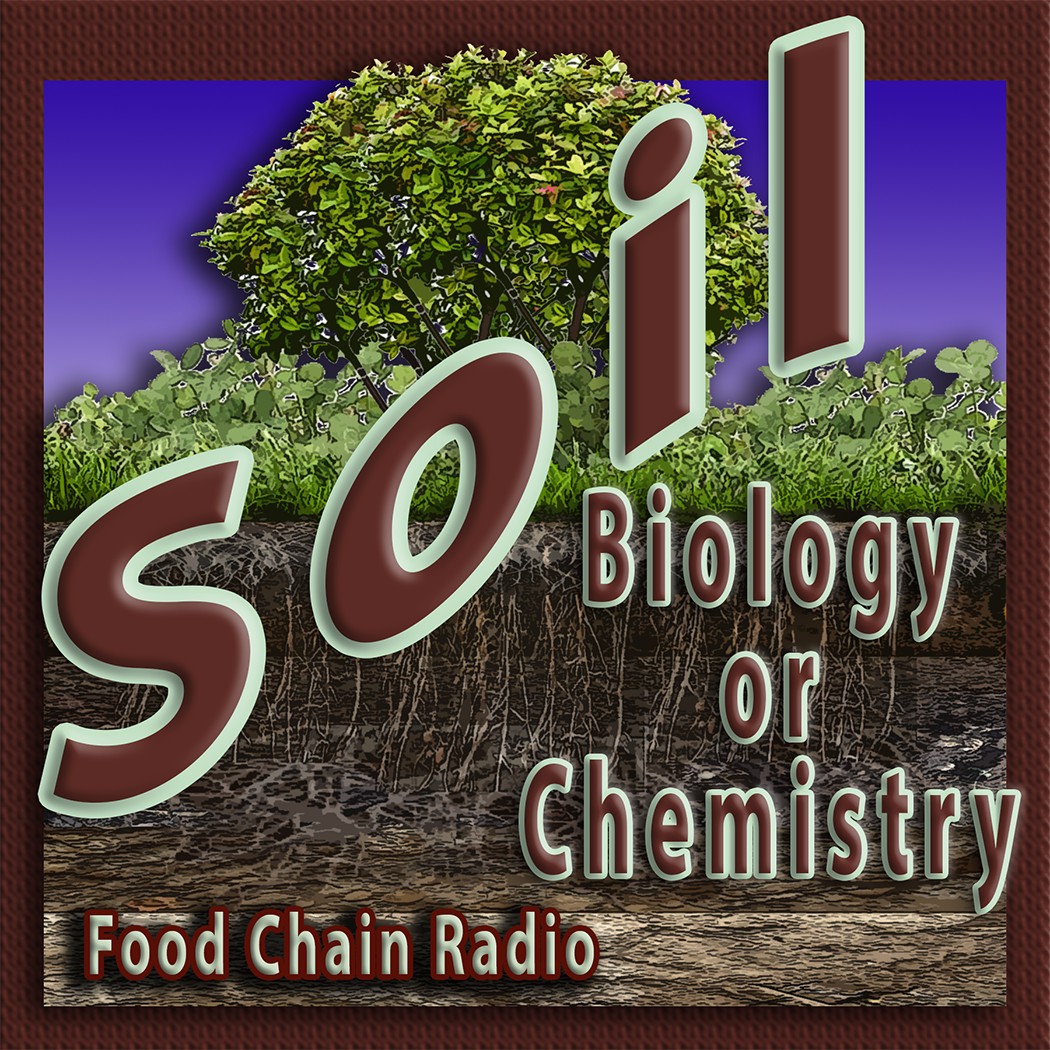
Vaccines
August 1, 2019
Restaurant Menu
August 14, 2019Food Chain Radio Show #1197
Michael Olson, Author & Urban Farming Agriculturalist
The Soil War
Guest: Agriculture Journalist Anneliese Abbot
Shortly after World War II, agriculture in the United States came to a technological fork in the road.

Michael Olson Food Chain Radio – Which is best to eat: foods grown with biology or foods with chemistry?
We will call one fork biology and the other chemistry. The simultaneous taking of these forks led to a transformation of agriculture.
Prior to World War II the farmer’s principal investment was time, as in, the farmer spends time tending to the biological growth of his soil. But after the war, the farmer’s principle investment became money, as in the farmer buys equipment and chemicals to grow the soil for him.
The use of money, instead of time, changed both the size and nature of the family farm. This from the book MetroFarm by yours truly: “When a farmer returned from World War II, he could make a good living, pay his debts and send his children to college by farming tomatoes on 100 acres in California’s Central Valley. By 1960, that farmer needed 800 acres, and by 1970 he needed 2,640 acres to maintain that same good standard of living.”
The taking of these two forks simultaneously led to a war of words over which direction was best. That this soil war continues to this day, leads us to ask…
Leave a comment below: Which soil do you think is best for producing food?



